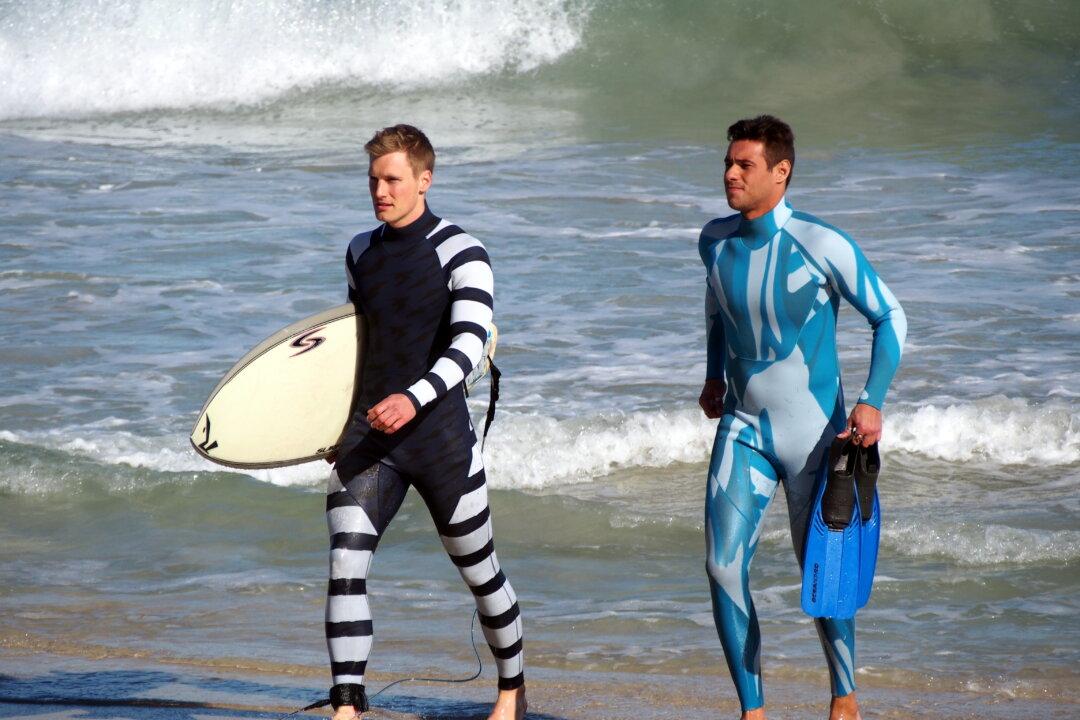SYDNEY—When US bombardier Louis Zamperini crashed into the Pacific in 1943, he and two other survivors feared sharks more than they did the Japanese.
Crammed into one brightly coloured two-man life raft, the three servicemen were surrounded by sharks for most of the 47 days they spent at sea.
When Mr Zamperini dived under the inflatable during a Japanese air attack, the sharks charged at him. Miraculously he drove them away by yelling loudly and thumping at them. Safely back in the raft, he recalled stroking the sharks as they circulated, marvelling at their beauty.
But shortly after as he peered back into the water, “one of the sharks that he had touched, leaped from the water at terrific speed, mouth wide open lunging straight at his head.” The men hit the sharks with paddles as they tried to belly into the raft.
Mr Zamperini’s account in his biography Unbroken, now a movie directed by Angelina Jolie, is a timely description of shark behaviour for Australians.
The number of unprovoked shark attacks in Australia has doubled over the last decade, jumping from an average of 6.5 per year in the 1990s to 13, according to researchers at Sydney’s Taronga Park Zoo.
Finding a safe deterrent is prescient for both humans and sharks. A number of shark species are endangered, and with heightened publicity and few choices available, governments and councils have been forced to take action most often by culling or netting.
Neither have been totally effective, and with the latter, “a lot of the time they are just catching and killing things that are never going to attack you in the first place,” said Associate Professor Nathan Hart.
Shark Deterrent Suits
Dr Hart, a researcher at the School of Animal Biology at the University of Western Australia (UWA), is regarded as a world authority on shark sensory systems.
He has just completed a collaboration with biotechnology company Shark Attack Mitigation Systems (SAMS) to develop wet suits that deter sharks.




